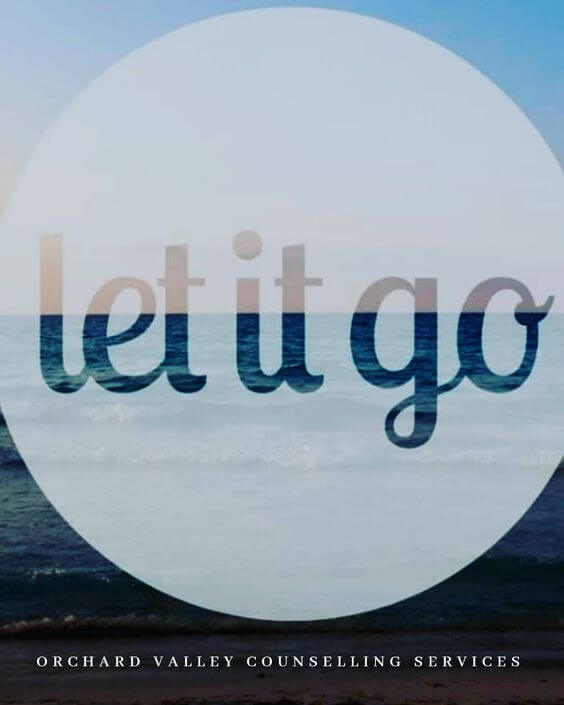“Very little is needed to make a happy life; it is all within yourself, in your way of thinking.” – Marcus Aurelius
Learning How To Practice Meditation: For Beginners
Make the most of meditation by learning how to practice meditation. When we learn how to practice meditation we want to ensure a few things first: that we find a quiet, distraction-free place to practice, turn your phone off, and other devices, find a comfortable, soft place to sit, and become aware of your whole body. The way physical fitness is meant to train the body, meditation helps to train the mind in a similar process.
It’s extremely difficult for a beginner to sit for hours and think of nothing or have an “empty mind.” We have some tools such as a beginner mediation DVD or a brain sensing headband to help you through this process when you are starting out. In general, the easiest way to begin meditating is by focusing on the breath – an example of one of the most common approaches to meditation: concentration.
Concentration meditation
Concentration meditation involves focusing on a single point. This could entail following the breath, repeating a single word or mantra, staring at a candle flame, listening to a repetitive gong, or counting beads on a mala. Since focusing the mind is challenging, a beginner might meditate for only a few minutes and then work up to longer durations.
In this form of meditation, you simply refocus your awareness on the chosen object of attention each time you notice your mind wandering. Rather than pursuing random thoughts, you simply let them go. Through this process, your ability to concentrate improves.
Mindfulness meditation
Mindfulness meditation encourages the practitioner to observe wandering thoughts as they drift through the mind. The intention is not to get involved with the thoughts or to judge them, but simply to be aware of each mental note as it arises.
Through mindfulness meditation, you can see how your thoughts and feelings tend to move in particular patterns. Over time, you can become more aware of the human tendency to quickly judge an experience as good or bad, pleasant or unpleasant. With practice, an inner balance develops.
In some schools of meditation, students practice a combination of concentration and mindfulness. Many disciplines call for stillness – to a greater or lesser degree, depending on the teacher.
Benefits of meditation
If relaxation is not the goal of meditation, it is often a result. In the 1970s, Herbert Benson, MD, a researcher at Harvard University Medical School, coined the term “relaxation response” after conducting research on people who practiced meditation. The relaxation response, in Benson’s words, is “an opposite, involuntary response that causes a reduction in the activity of the sympathetic nervous system.”
Since then, studies on the relaxation response have documented the following short-term benefits to the nervous system:
- Lower blood pressure
- Improved blood circulation
- Lower heart rate
- Less perspiration
- Slower respiratory rate
- Less anxiety
- Lower blood cortisol levels
- More feelings of well-being
- Less stress
- Deeper relaxation
Contemporary researchers are now exploring whether a consistent meditation practice yields long-term benefits, and noting positive effects on brain and immune function among meditators. Yet it’s worth repeating that the purpose of meditation is not to achieve benefits. To put it as an Eastern philosopher may say, the goal of meditation is no goal. It’s simply to be present.In Buddhist philosophy, the ultimate benefit of meditation is liberation of the mind from attachment to things it cannot control, such as external circumstances or strong internal emotions. The liberated or “enlightened” practitioner no longer needlessly follows desires or clings to experiences, but instead maintains a calm mind and sense of inner harmony.
How to meditate: Simple meditation for beginners
This meditation exercise is an excellent introduction to meditation techniques.
- Sit or lie comfortably. You may even want to invest in a meditation chair or cushion.
- Close your eyes. We recommend using one of our Cooling Eye Masks or Restorative Eye Pillows if lying down.
- Make no effort to control the breath; simply breathe naturally.
- Focus your attention on the breath and on how the body moves with each inhalation and exhalation. Notice the movement of your body as you breathe.
- Observe your chest, shoulders, rib cage, and belly.
- Simply focus your attention on your breath without controlling its pace or intensity. If your mind wanders, return your focus back to your breath.
Maintain this meditation practice for two to three minutes to start, and then try it for longer periods. If you’d like to follow along with a Meditation for Beginners DVD, we can help with that.
Let us know what you think about this article by contacting us at admin@ovcs.ca. Check out our website at: https://www.orchardvalleycounselling.ca.





